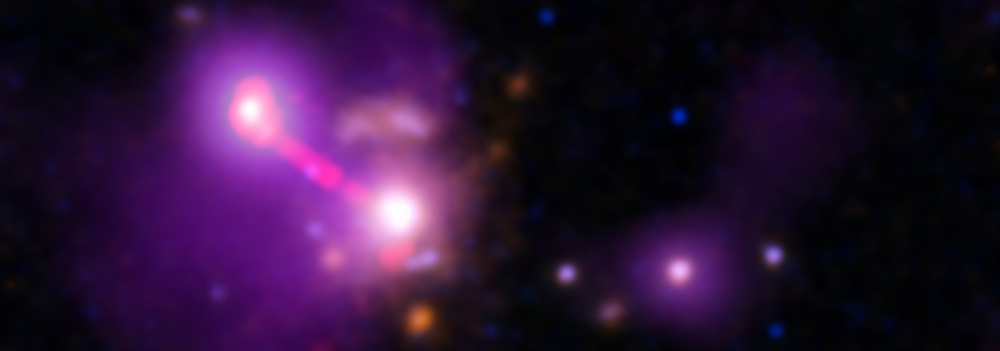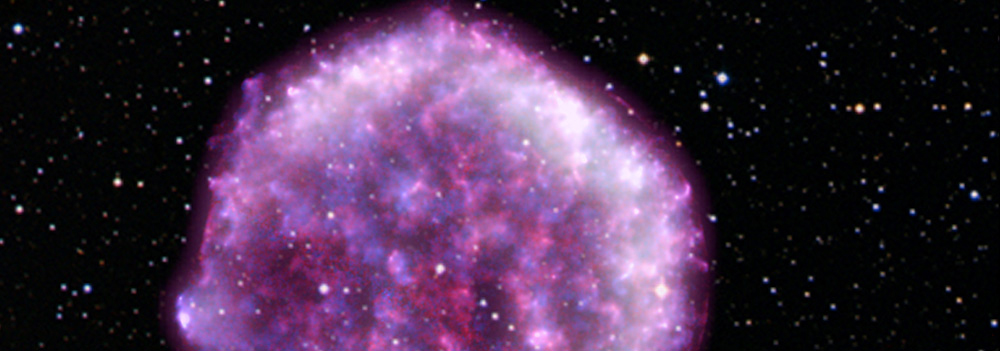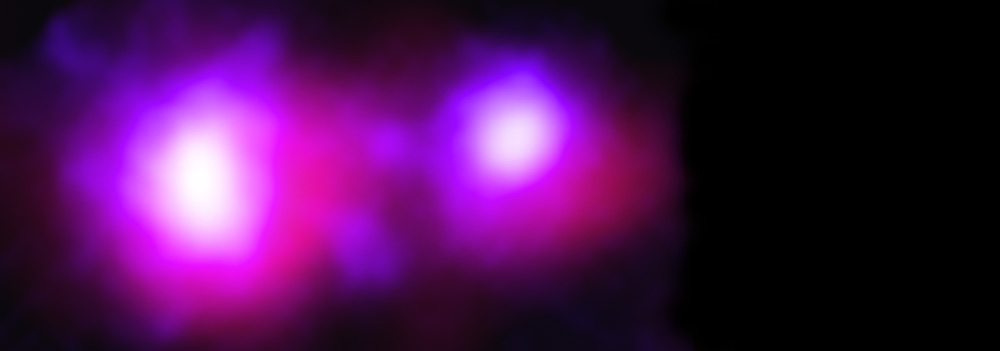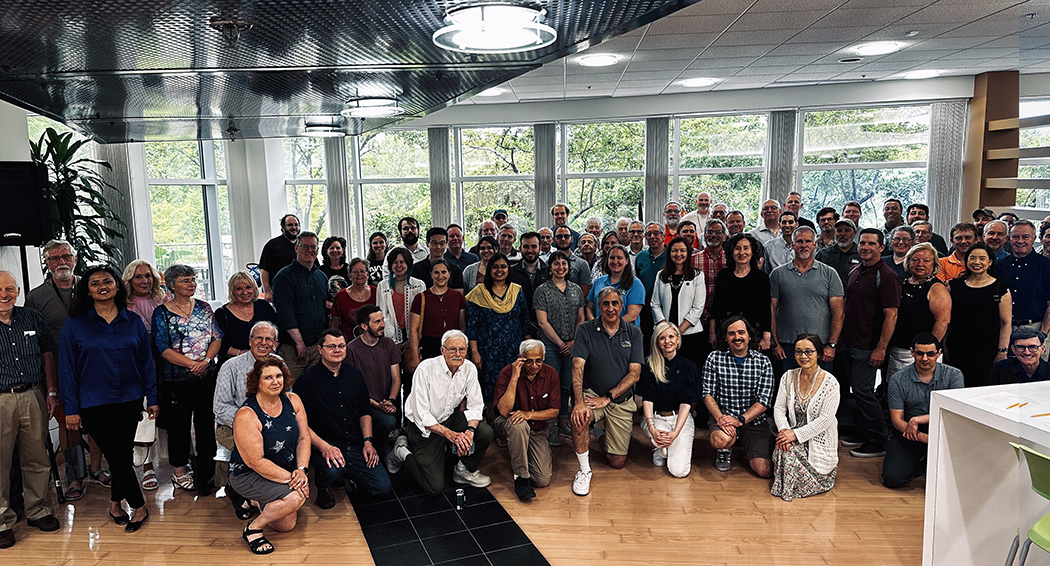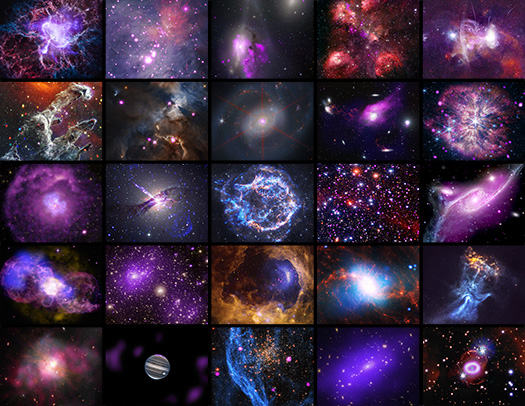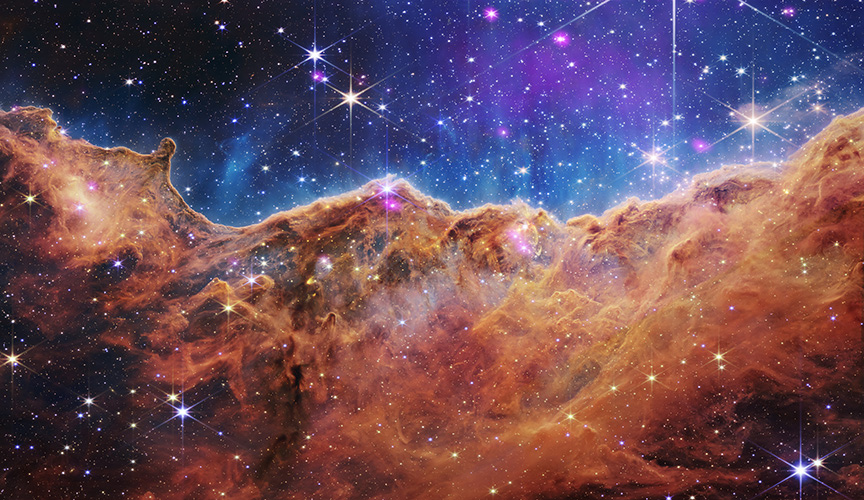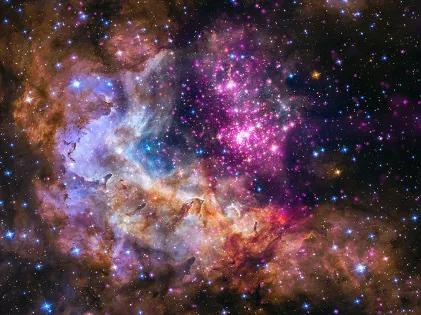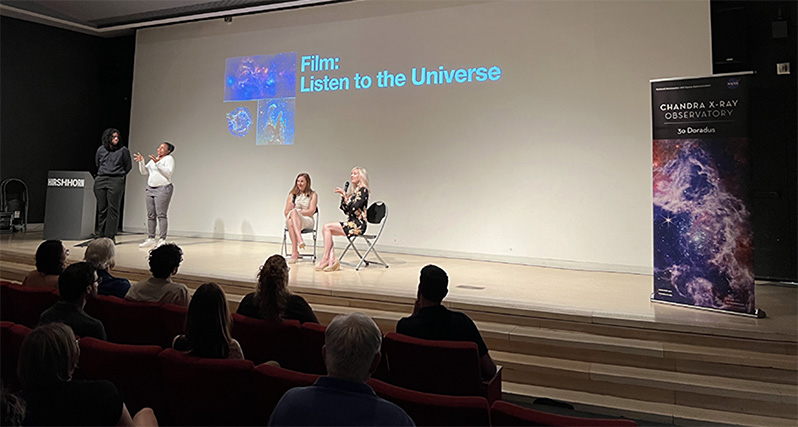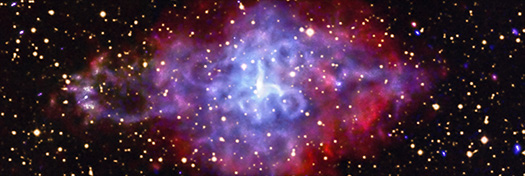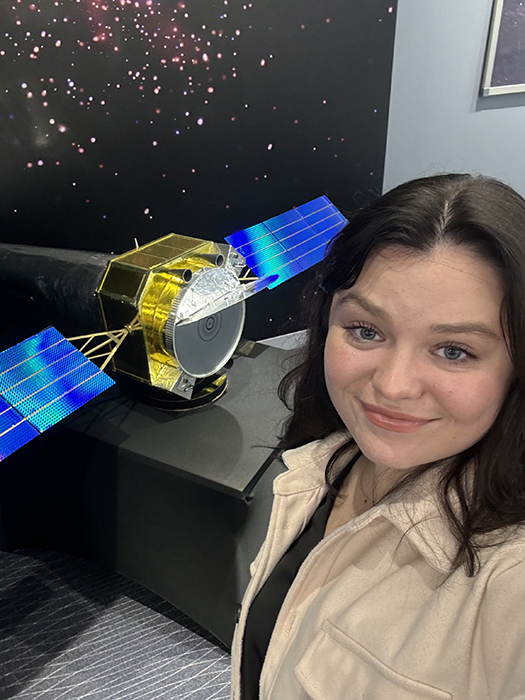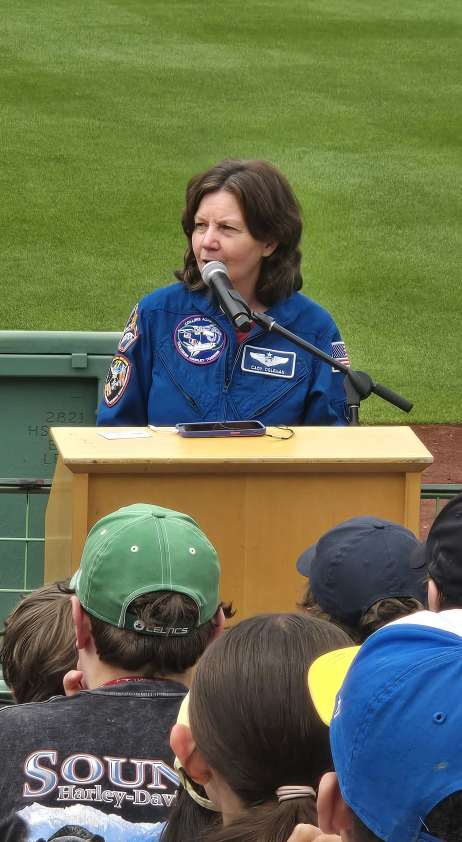CfA Celebrates Chandra’s 25th Anniversary
Submitted by chandra on Tue, 2024-07-23 15:12Twenty-five years ago, the Space Shuttle Columbia launched into space carrying the Chandra X-ray Observatory. Press releases from the Chandra X-ray Center, CfA, and Smithsonian shared 25 new images with Chandra data to publicize this momentous milestone. A dedicated webpage to Chandra’s 25th birthday, plus the new images and press release, can be found at https://chandra.si.edu/25th/

